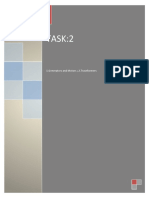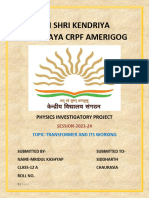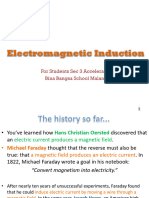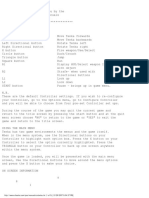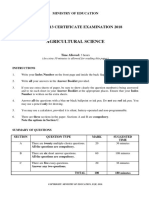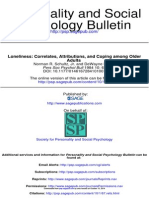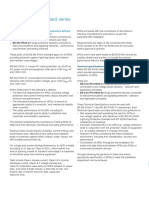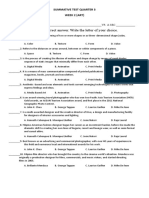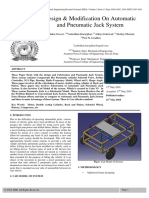0% found this document useful (0 votes)
73 views14 pagesWorking and Principal of Transformer and Generator
A transformer operates on the principle of mutual induction, where a change in current in one coil induces an electromotive force in a neighboring coil, consisting of a primary coil, secondary coil, and an iron core. Transformers can be step-up or step-down, affecting voltage based on the turns ratio of the coils, and they experience various losses such as copper loss and iron loss that impact efficiency. An AC generator, or alternator, converts mechanical energy into electrical energy by rotating a coil within a magnetic field, inducing an alternating current.
Uploaded by
rtata9539Copyright
© © All Rights Reserved
We take content rights seriously. If you suspect this is your content, claim it here.
Available Formats
Download as PDF, TXT or read online on Scribd
0% found this document useful (0 votes)
73 views14 pagesWorking and Principal of Transformer and Generator
A transformer operates on the principle of mutual induction, where a change in current in one coil induces an electromotive force in a neighboring coil, consisting of a primary coil, secondary coil, and an iron core. Transformers can be step-up or step-down, affecting voltage based on the turns ratio of the coils, and they experience various losses such as copper loss and iron loss that impact efficiency. An AC generator, or alternator, converts mechanical energy into electrical energy by rotating a coil within a magnetic field, inducing an alternating current.
Uploaded by
rtata9539Copyright
© © All Rights Reserved
We take content rights seriously. If you suspect this is your content, claim it here.
Available Formats
Download as PDF, TXT or read online on Scribd
/ 14





































